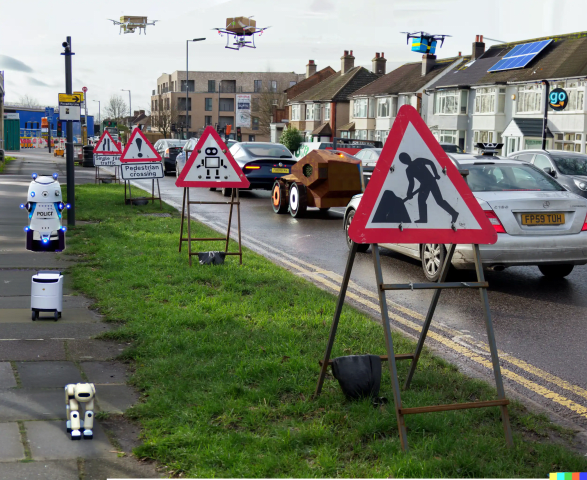Incidente 21: Una prueba de Turing más rigurosa expone la estupidez de los chatbots (migrado a Problema)
Entidades
Ver todas las entidadesClasificaciones de la Taxonomía CSETv0
Detalles de la TaxonomíaPhysical System
Software only
Level of Autonomy
High
Nature of End User
Expert
Public Sector Deployment
No
Lives Lost
No
Intent
Unclear
Clasificaciones de la Taxonomía CSETv1
Detalles de la TaxonomíaIncident Number
21
Estimated Date
No
Lives Lost
0
Injuries
0
Estimated Harm Quantities
No
There is a potentially identifiable specific entity that experienced the harm
No
Clasificaciones de la Taxonomía GMF
Detalles de la TaxonomíaKnown AI Goal Snippets
(Snippet Text: The Winograd Schema Challenge asks computers to make sense of sentences that are ambiguous but usually simple for humans to parse., Related Classifications: Question Answering)
Risk Subdomain
7.3. Lack of capability or robustness
Risk Domain
- AI system safety, failures, and limitations
Entity
AI
Timing
Pre-deployment
Intent
Unintentional
Informes del Incidente
Cronología de Informes

Los siguientes incidentes anteriores se han convertido a "problemas" luego de una actualización de definición de incidentes y criterios de ingestión.
21: Una prueba de Turing más dura expone la estupidez de los chatbots
Descripción: El Wino…
Variantes
Incidentes Similares
Did our AI mess up? Flag the unrelated incidents

Inappropriate Gmail Smart Reply Suggestions

TayBot

Gender Biases in Google Translate
Incidentes Similares
Did our AI mess up? Flag the unrelated incidents

Inappropriate Gmail Smart Reply Suggestions

TayBot

